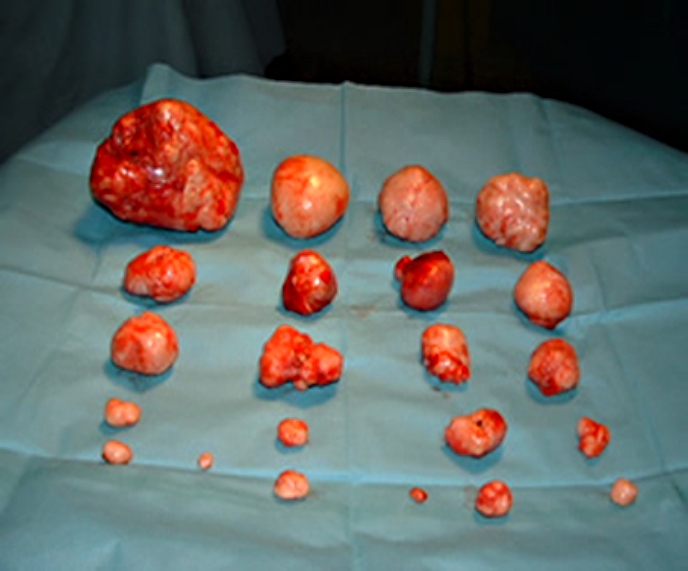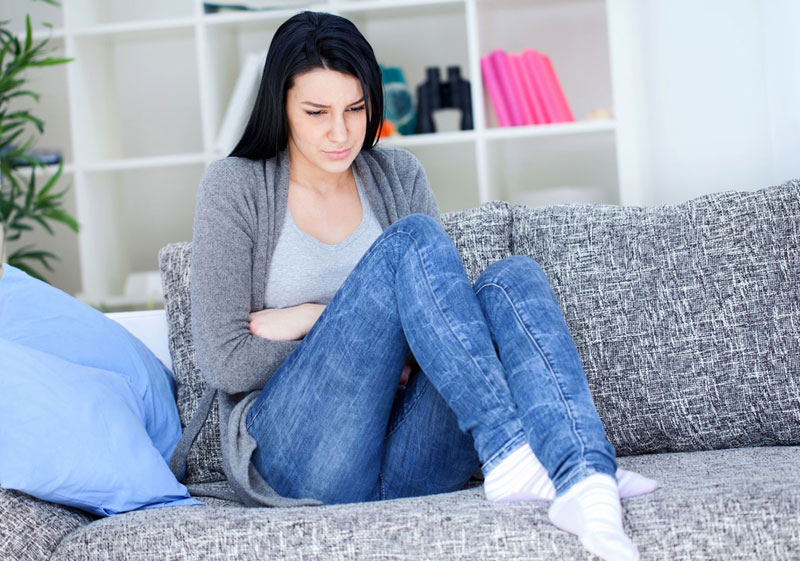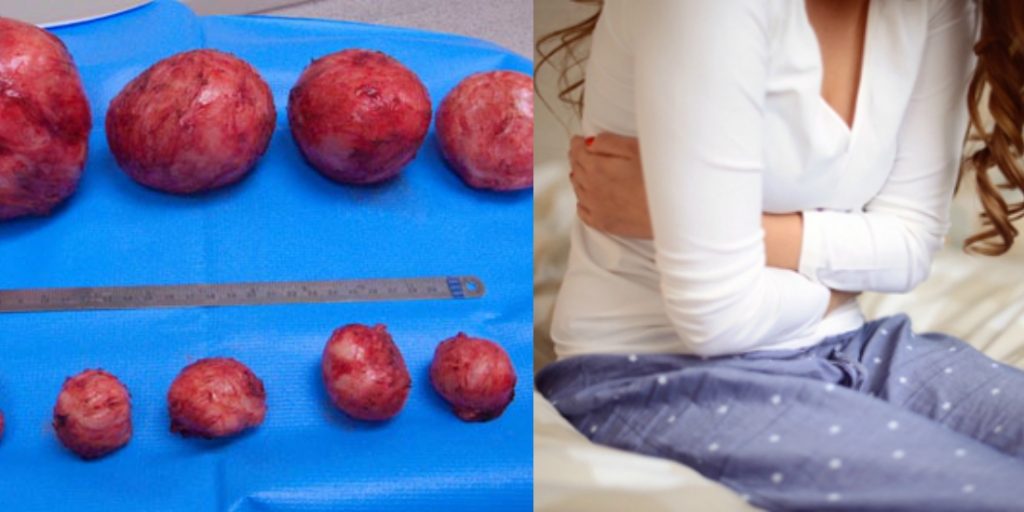What are Fibroids?
Fibroids are defined as abnormal/non-cancerous growths that develop in or on a woman’s uterus. At times, the large size of these fibroids can cause severe abdominal pain and heavy periods. If we talk about what these fibroids are made of then according to research, they are made up of muscle and fibrous tissues. They are also known as known as uterine myomas or leiomyomas.
Now, there are certain questions that can pop into a woman’s mind regarding fibroids as the thought of it can tend to freak them out. Literally. Well, here they are:
1. Are they cancerous?
The most asked question. Well, in more than 99 percent of fibroid cases, the tumors are non-cancerous. These tumors are not associated with cancer and do not increase a woman’s risk for uterine cancer. The size of these may range from the size of a pea to the size of a softball or small grapefruit OR even a small melon!

2. Who is at risk?
At some point in life, 1 out of 3 women is at a higher risk of developing a fibroid. The age these can occur varies from 30 to 50. It is also said that women who are obese or overweight are at a higher risk as this increases the level of estrogen in the body.
3. What causes fibroids?
However the cause of fibroids is still unclear, but there are a few factors that may trigger their growth which are:
Hormones – Ovaries produce hormones called estrogen and progesterone. These hormones cause the uterine lining to stimulate during each menstrual cycle and may increase the growth of fibroids.
Family History – If fibroids run in the family and your mother, sister, grandmother have had a history, then chances are that you may develop it as well.
Pregnancy – Fibroids may develop and grow rapidly while you’re pregnant as pregnancy increases the production of estrogen and progesterone in your body.
4. What are the symptoms?
There are some women who don’t notice any symptoms and are totally unaware of it. But if we go further into details, then a few symptoms may include:
Abdominal pain
Heavy/painful periods
Frequent need to urinate
Constipation
Pain during intercourse
Pelvic pain
Swollen to enlargement of abdomen

5. How are they treated?
Okay, so if your fibroid is not hurting you then you don’t need to treat them as, over a time, they will shrink and disappear. This will most probably happen after menopause. But, if you’re experiencing any above-mentioned symptoms, then it is important for you to consult a gynaecologist at your earliest. The treatment methods include:
Hysterectomy – Hysterectomy is a surgical procedure that involves the removal of the uterus.
Anti-inflammatory painkillers – These painkillers are prescribed to those women who experience pelvic/abdominal pain.
Conservative surgical therapy – This therapy only involves the removal of fibroids and not the uterus, so a woman would be able to conceive in the future. This procedure is called myomectomy.
Anti-hormonal agents – Certain drugs oppose estrogen (such as progestin and Danazol) and appear effective in treating fibroids. Anti-progestins, which block the action of progesterone, are also sometimes used.
Gonadotropin-releasing hormone agonists – This procedure lowers the levels of estrogen and triggers a “medical menopause.” This procedure is mostly used to shrink the size of fibroid making it easier to perform a surgery.
Uterine artery embolization – This treatment is the latest one yet.The arteries supplying blood to the fibroids are identified, then embolized (blocked off). The embolization cuts off the blood supply to the fibroids, thus shrinking them. Healthcare providers continue to evaluate the long-term implications of this procedure on fertility and regrowth of the fibroid tissue.
Hope you found this article helpful and always remember that your health is precious. If you notice any symptoms, please consult your doctor asap.






